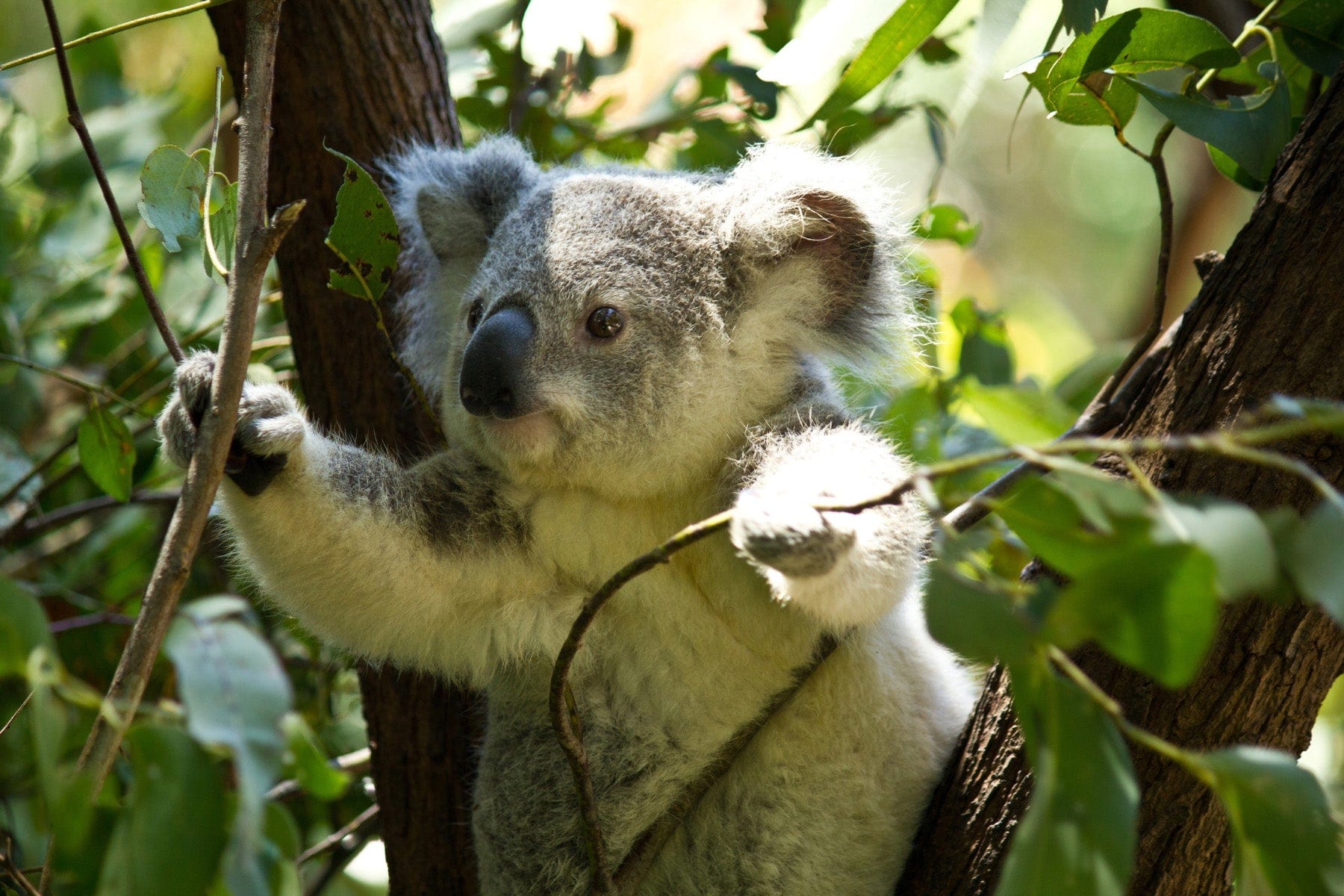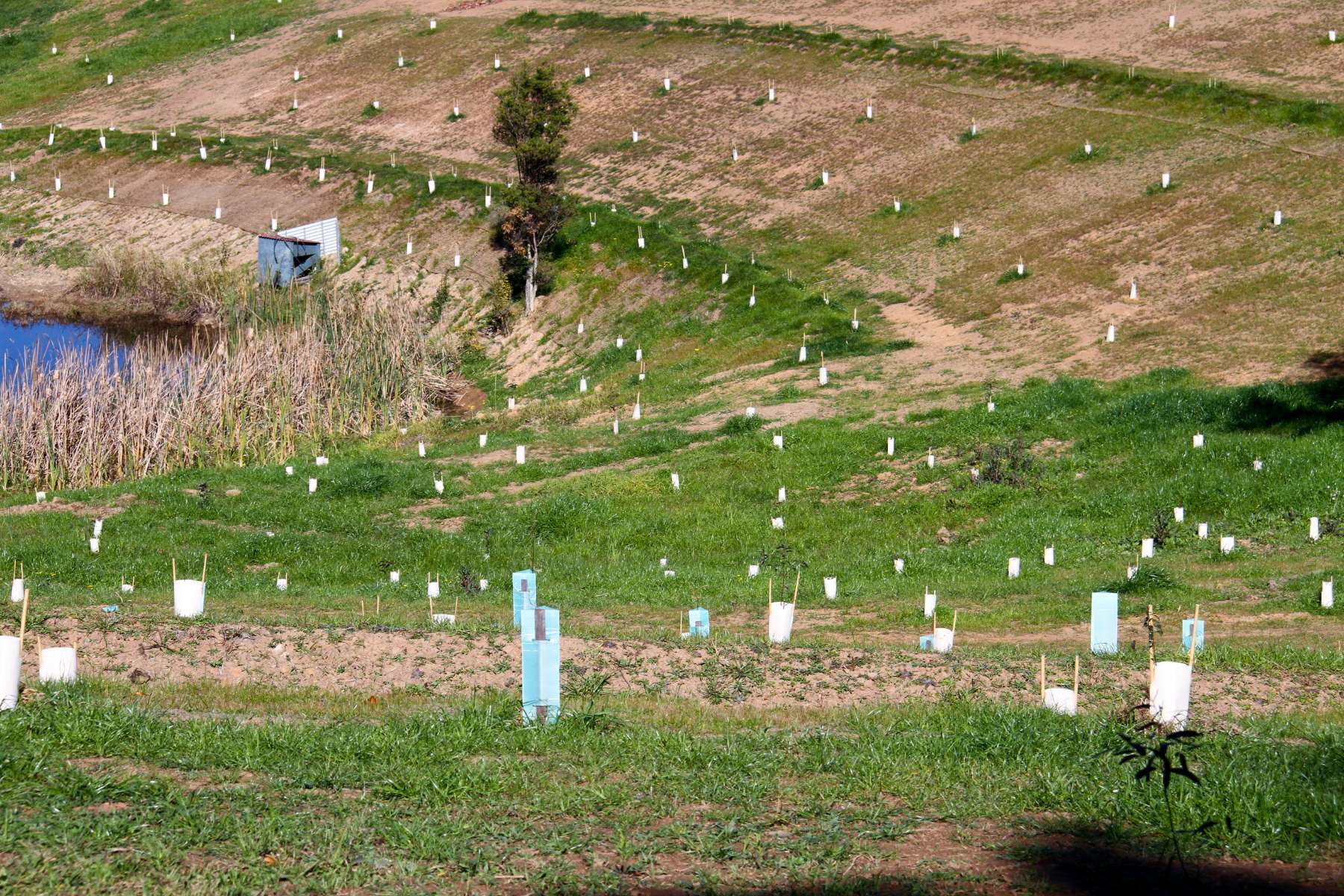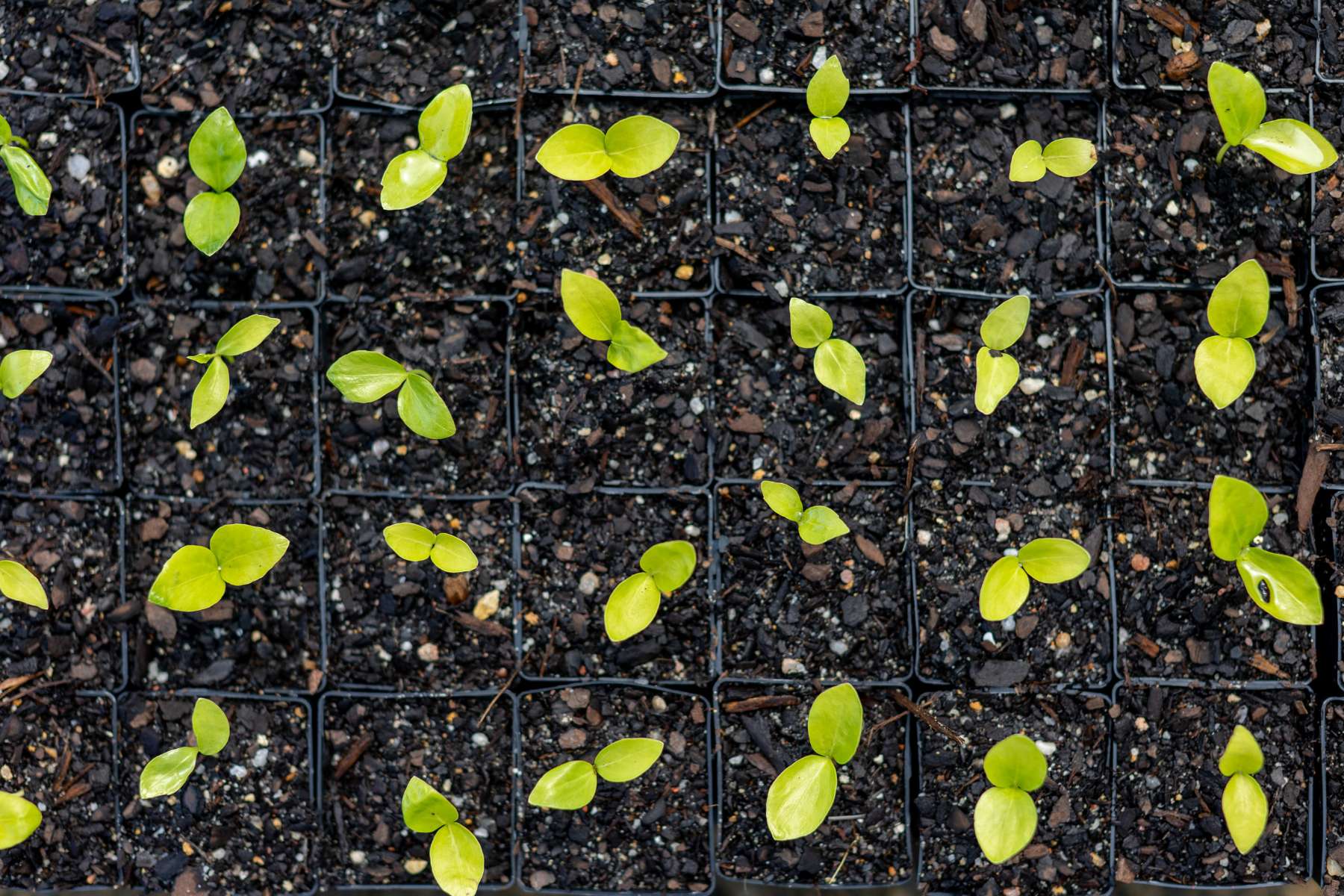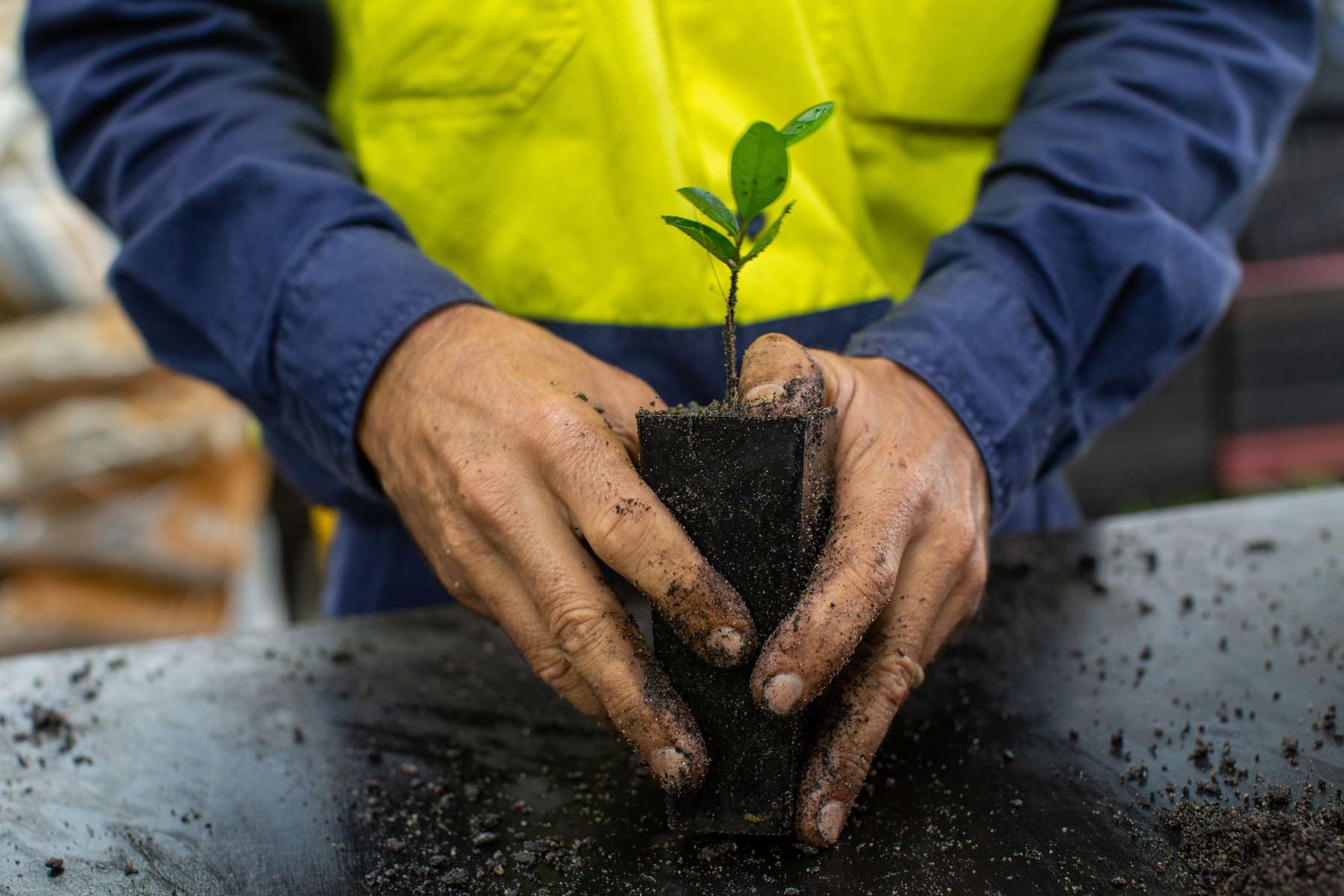1 Million Trees Planted in First Phase of Australia Landscape Resilience Project

Get news, updates, & event Info delivered right to your inbox:
Bushfire Recovery and Landscape Resilience
Australia, a land of ancient wonders and extraordinary wildlife, is home to iconic species like koalas, kangaroos, wombats, and platypuses. Its stunning, one-of-a-kind environment developed in geographic isolation—having broken away from Antarctica over 30 million years ago. Today, more than 80% of Australia’s plants, mammals, reptiles, and frogs are found nowhere else on Earth.
As the country grapples with increasingly intense bushfires, its unique ecosystems face unprecedented challenges. Yet, amid this crisis, a groundbreaking restoration effort is offering hope. The Bushfire Recovery Nurseries project, one of the largest community-led initiatives in the nation's history, is growing millions of native trees to heal the land, restore critical habitats, and support the recovery of threatened species.


Bushfires are not a new occurrence in Australia, and many ecosystems rely on fire to improve their health and increase biological diversity. However, in recent decades, the intensity, frequency, and size of these fires has dramatically increased. Between June 2019 and February 2020, the historic “Black Summer” brought 15,000 fires across the country, burning around 19 million hectares of land; 12 million of which covered primary forest and woodlands—including ecosystems that rarely experience fire, such as rainforests.
Tragically, an estimated one billion animals perished in the fires. Today, 810 priority species and ecological communities require urgent intervention to avoid permanent loss. In Australia, priority species are selected based on their extinction threat level, the potential overlapping benefits of restoration activities, the likely effectiveness of these efforts, their cultural significance, biological uniqueness, and other criteria.
According to Australia’s 2021 State of the Environment Report, 104 endemic Australian species were listed as extinct by 2021–including 46 birds, reptiles and mammals that relied on the country’s unique native habitats. This is part of a troubling trend: over the past two decades, the number of threatened species and ecosystems in the country has increased by one-third. As climate change intensifies, they predict the rate of loss could increase five-fold. The harsh reality is that right now, there is not enough habitat left to support Australia’s native species.
Planting and Growing 1 Million Trees
In 2020, the Bushfire Recovery Nurseries project (since renamed the Landscape Resilience Project) was launched in partnership between One Tree Planted and the Foundation for National Parks & Wildlife with the goal of growing 1 million locally grown trees in areas affected by the Black Summer bushfires. Today, the project is one of the largest coordinated, community-led nursery initiatives in Australia’s history. With major flood events in 2022 impacting the east coast—including many areas still recovering from fires—it has expanded to include planting for flood recovery. Achieving this required the establishment of native seed banks and the development of infrastructure to increase each participating nursery’s capacity. This reflects a primary goal of the program: to address a national shortage of native seeds and propagated plants needed for land restoration.

Network of Community-based Nurseries
A critical part of this initiative is the Community-based Nursery Program. The network of 30 nurseries have established a foundation for addressing Australia’s national seed and stock shortage, one of the biggest barriers to ecological restoration. By using locally native seed and plants, which are better adapted to native environmental conditions, restoration efforts are more likely to succeed. Our partner will continue to leverage this successful program to scale its scope and impact across Australia.
From July 2020-June 2024, nearly 1.1 million trees from 454 species were grown by the Community-based Nurseries. Priority was placed on cultivating native species that will most effectively address the lasting ecological impacts of bushfires and floods while supporting natural regeneration. To date, 2,500 hectares have been restored in collaboration with 1,000 landowners and community groups, supported by 278 volunteers. This phase of the project focused on New South Wales, Victoria, the Australian Capital Territory, and South Australia.

Threatened Ecological Communities
In addition to restoring biodiversity, the project has supported 20+ Threatened Ecological Communities (TEC). An ecological community is “a group of native plants, animals and other organisms that naturally occur together and interact in a unique habitat.” Australia’s bush, wetlands and other ecosystems have been profoundly impacted since European settlement; with pressures continuing to mount in modern times. Ecological communities become threatened when they are at risk of extinction, and are designated as TECs by the Australian Government.
Restoring critical ecosystems helps increase the availability and quality of habitats that threatened species rely on. Species like the koala, glossy black cockatoo, eastern pygmy possum, and greater glider directly benefit from increased availability of food and habitat trees. Expanding and reconnecting habitats also allows species to move more freely, improving genetic diversity and encouraging population growth.
Restoration also improves soil and water quality by preventing soil erosion, reducing sediment runoff, and stabilizing streambanks. Species like the platypus depend on stable streambanks for their survival. Planting robust nursery-grown plants supports resilience and recovery, ensuring species can better withstand future disturbances. As climate change intensifies, some will need to migrate to new suitable habitats—and these restored areas will provide climate-resilient refuges.
We are proud to have supported this major milestone, which represents just one phase of an overall initiative that aims to plant 8 million trees for bushfire recovery by 2030. Restoring ecosystems after bushfires requires re-establishing native vegetation to secure the soil and allow other species to return. While various techniques are employed, growing and planting native trees is a critical component of the recovery process. Support reforestation and ecosystem recovery today!
Get news, updates, & event Info delivered right to your inbox:
Related Posts
One Tree Planted Honored as a Multi-Award Winner for the 5th Annual Anthem Awards
09/12/2025 by One Tree Planted
One Tree Planted Receives FAO Global Technical Recognition for Its Work in Sustainable Forest Production and Protection
09/12/2025 by One Tree Planted
One Tree Planted Announces Executive Leadership Changes to Drive New Phase of Growth
06/05/2024 by One Tree Planted
Popular On One Tree Planted
One Tree Planted Partners with Vets to Drones and Carolina Drone Lab
27/01/2023 by Meaghan Weeden
2022 Impact: 52 Million Trees Planted Across the Globe
17/01/2023 by Meaghan Weeden
Fundraising Disclosures

Be Part of the
Restoration Movement
The Grove is more than just a monthly giving program: it's a vibrant community of individuals who are dedicated to reforestation and environmental restoration on a global scale.
As a member of The Grove, you affirm your commitment to restoring forests, nurturing biodiversity, and fostering positive global change.





